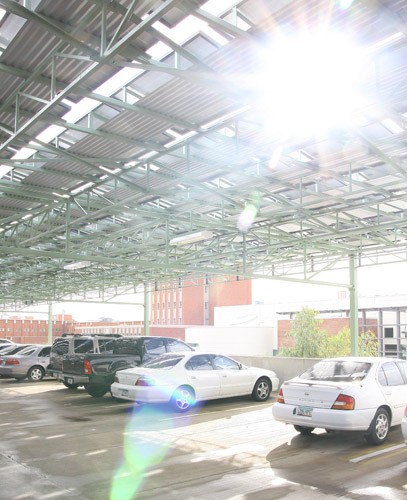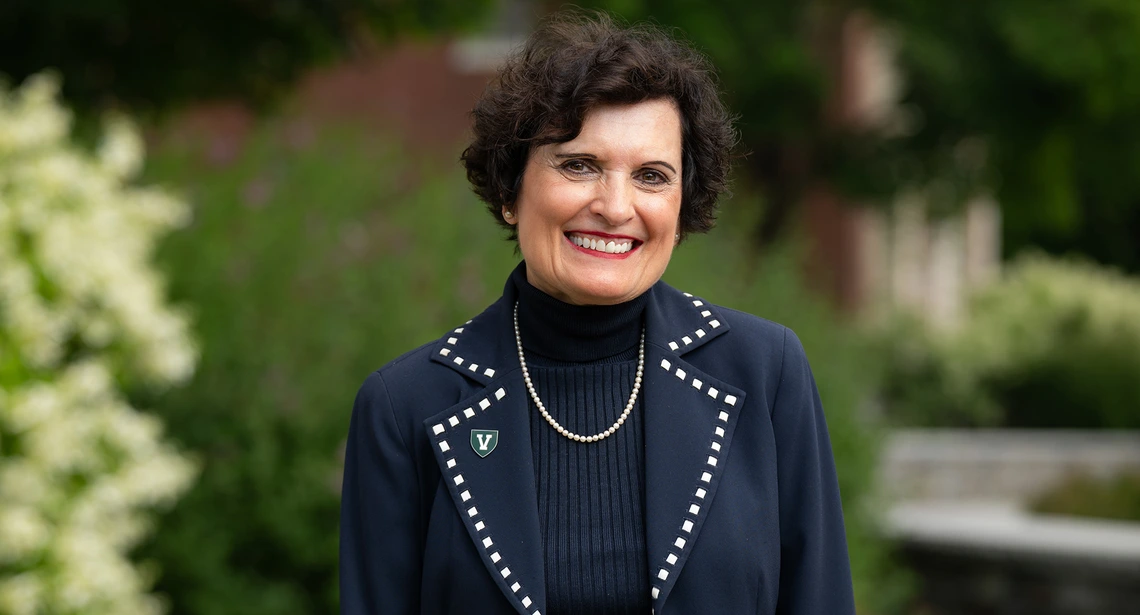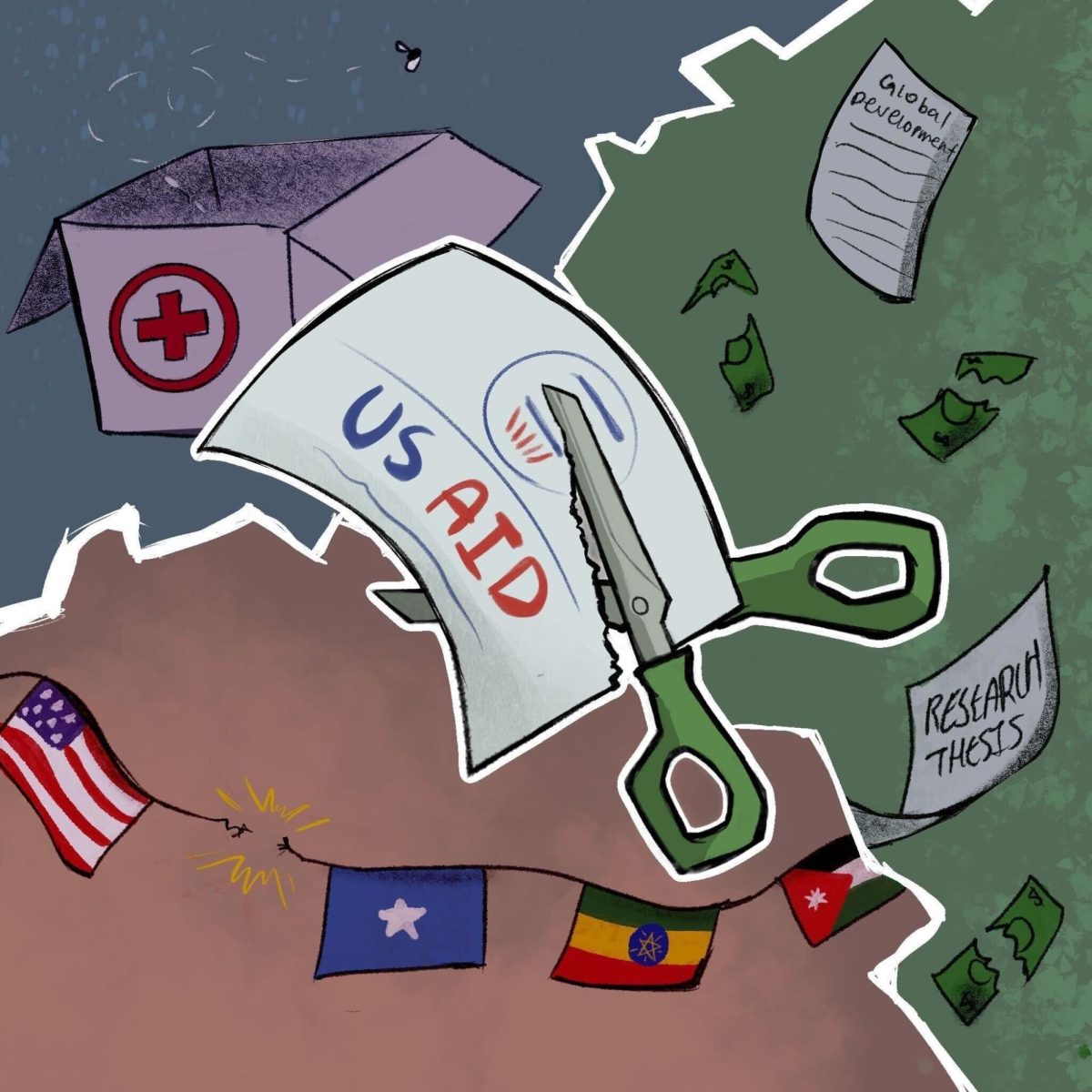All around campus, people are using the Tucson sun for more than just tanning.
Four months after the solar panels went up on the Second Street Garage, the university is moving toward a more sustainable campus, linking student and teaching initiatives around campus.
Garnering a “”B”” on the College Sustainability Report Card as of Wednesday, the UA is moving ahead on its plans to make the campus more sustainable.
“”We are finalizing the design because Second Street (Parking Garage) is the first of a multiphase project. Hopefully we should be in construction over the summer,”” said Ralph Banks, assistant director of engineering on the solar panel project. “”Hopefully we will have everything up and running by the fall semester.””
Banks said the rest of the panels, both photovoltaic and solar thermal, will be placed on four buildings as the Second Street Garage was a test for other projects.
“”I think part of this is that we are still looking at this as a little bit of a lesson learned,”” he said, “”but that over the summer construction is bound to ramp up.””
Parking and Transportation Marketing and Communications Manager Bill Davidson has gotten positive feedback about the panels.
According to Davidson, the garage cashiers get a lot of customers commenting on the garages providing a permanent ramada on the top deck, providing shade to students, faculty and professionals.
Lenny Berg of APS Energy Systems, the company that runs the solar panels, noted that solar thermal panels on the Hillenbrand Aquatic Center and new Student Recreation Center would be more commercially viable for the university as a whole.
“”We would have moved ahead quite a bit faster but the financial markets have been rough,”” Berg said. “”I mean, to make sure we had the right financing in place and complying with state laws … there’s just a lot of hoops to jump through to get funding, but things are looking good.””
The sun is providing more than just a kilowatt and a half of power for the university’s daily 28-megawatt needs.
The campus has taken note from both projects like the solar panels and other initiatives around campus to create a more “”green”” environment in Tucson.
“”There’s so many different ways the campus is working to be renewable,”” said Randy Ryan, assistant director of the agricultural experiment station.
Both the optical sciences and astronomy departments are working on technologies to use the sun as a direct source of energy to run not only electricity in buildings but fuel in cars, according to Ryan.
“”Agriculture has always been sustainable, otherwise we wouldn’t be eating,”” he said. “”But we’ve had a history of sustainability on this campus … and there are thousands of sustainability efforts all around campus.””








